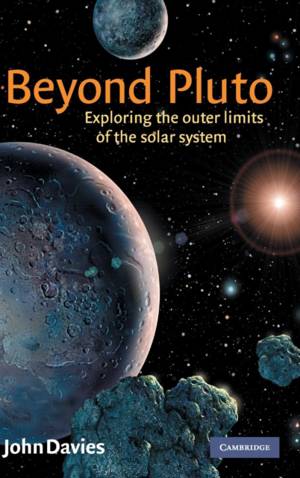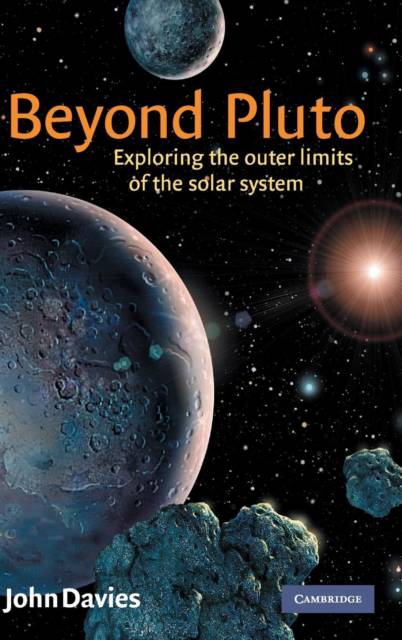
Je cadeautjes zeker op tijd in huis hebben voor de feestdagen? Kom langs in onze winkels en vind het perfecte geschenk!
- Afhalen na 1 uur in een winkel met voorraad
- Gratis thuislevering in België vanaf € 30
- Ruim aanbod met 7 miljoen producten
Je cadeautjes zeker op tijd in huis hebben voor de feestdagen? Kom langs in onze winkels en vind het perfecte geschenk!
- Afhalen na 1 uur in een winkel met voorraad
- Gratis thuislevering in België vanaf € 30
- Ruim aanbod met 7 miljoen producten
Zoeken
€ 151,45
+ 302 punten
Uitvoering
Omschrijving
Exactly what is beyond Pluto? Why, in the last ten years, has the Solar System more than doubled in size? For the first time, in almost two centuries, an entirely new population of planetary objects has been found that may well explain these two questions. This newly discovered realm of minor planets, now known as the "Kuiper Belt," has reconceptualized our understanding of how the Solar System was formed and has finally given ontological explanations for the enigmatic outer planet Pluto. Beyond Pluto is the fascinating story of how a group of theoretical physicists decided that there must be a population of unknown bodies beyond Pluto and how a small band of astronomers set out to find them. Acclaimed scientist John K. Davies recounts how they predicted the existence of these planetary bodies, how they were eventually discovered, and how Pluto was named. In addition, Davies provides biographies of the astronomers who discovered these new worlds and information on the telescopes they used. John K. Davies is a support scientist for the UK Infrared Telescope (UKIRT) atop the dormant volcano Mauna Kea in Hawaii. He holds PhDs in chemistry and astronomy, discovered six comets while teaching at Leicester University in the UK, and was a member of the ISO-CAM team at the Royal Observatory in Edinburgh, Scotland. He has contributed to magazines such as Astronomy, New Scientist, Sky & Telescope, and Space. In 2000, a small main asteroid belt was named Johndavies in recognition of his numerous contributions to astronomy.
Specificaties
Betrokkenen
- Auteur(s):
- Uitgeverij:
Inhoud
- Aantal bladzijden:
- 246
- Taal:
- Engels
Eigenschappen
- Productcode (EAN):
- 9780521800198
- Verschijningsdatum:
- 19/07/2001
- Uitvoering:
- Hardcover
- Formaat:
- Genaaid
- Afmetingen:
- 163 mm x 235 mm
- Gewicht:
- 544 g

Alleen bij Standaard Boekhandel
+ 302 punten op je klantenkaart van Standaard Boekhandel
Beoordelingen
We publiceren alleen reviews die voldoen aan de voorwaarden voor reviews. Bekijk onze voorwaarden voor reviews.









